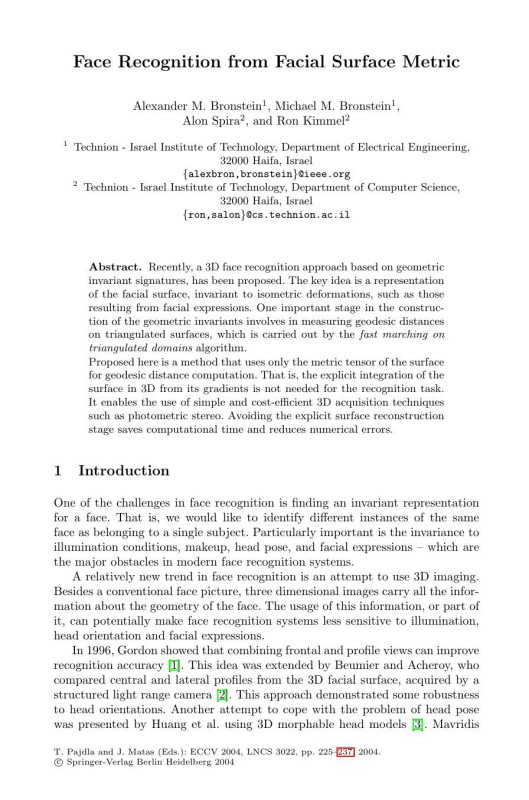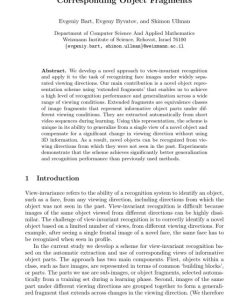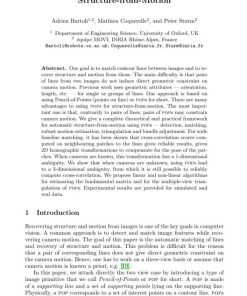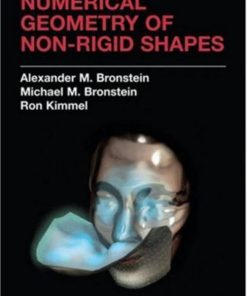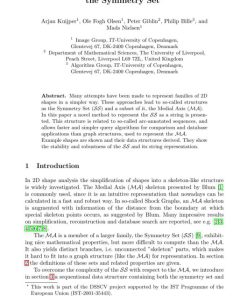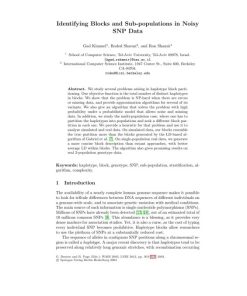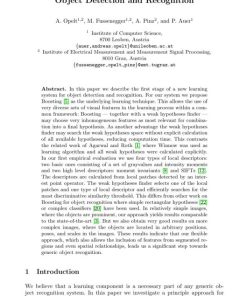Face Recognition from Facial Surface Metric 1st edition by Alexander Bronstein, Michael Bronstein, Alon Spira, Ron Kimmel ISBN 3540219835 9783540219835
$50.00 Original price was: $50.00.$25.00Current price is: $25.00.
Authors:Alexander M. Bronstein, Michael M. Bronstein, Alon Spira; Ron Kimmel , Tags:Computer Vision – ECCV 2004 , Author sort:Alexander M. Bronstein, Michael M. Bronstein, Alon Spira & Kimmel, Ron , Languages:Languages:eng , Published:Published:Mar 2004
Face Recognition from Facial Surface Metric 1st edition by Alexander M. Bronstein, Michael M. Bronstein, Alon Spira, Ron Kimmel – Ebook PDF Instant Download/Delivery. 3540219835, 978-3540219835
Full download Face Recognition from Facial Surface Metric 1st Edition after payment
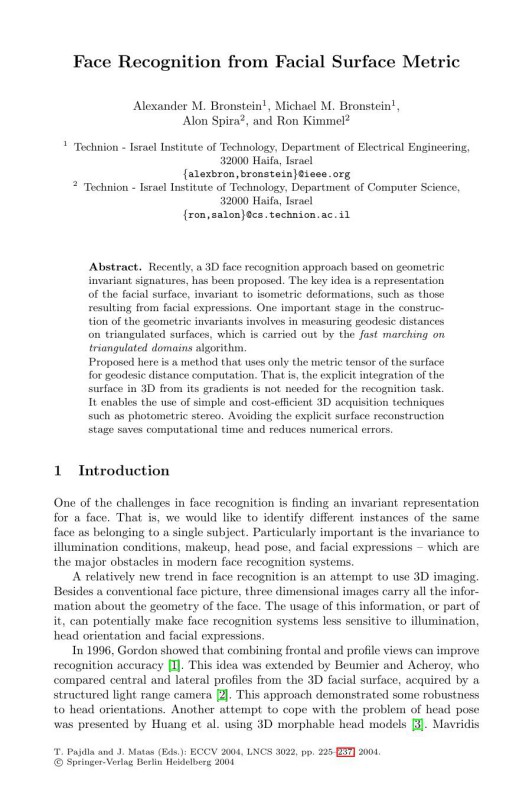
Product details:
ISBN 10: 3540219835
ISBN 13: 978-3540219835
Author: Alexander M. Bronstein, Michael M. Bronstein, Alon Spira, Ron Kimmel
Recently, a 3D face recognition approach based on geometric invariant signatures, has been proposed. The key idea is a representation of the facial surface, invariant to isometric deformations, such as those resulting from facial expressions. One important stage in the construction of the geometric invariants involves in measuring geodesic distances on triangulated surfaces, which is carried out by the fast marching on triangulated domains algorithm.
Proposed here is a method that uses only the metric tensor of the surface for geodesic distance computation. That is, the explicit integration of the surface in 3D from its gradients is not needed for the recognition task. It enables the use of simple and cost-efficient 3D acquisition techniques such as photometric stereo. Avoiding the explicit surface reconstruction stage saves computational time and reduces numerical errors.
Face Recognition from Facial Surface Metric 1st Table of contents:
-
Introduction
- 1.1 Background and Motivation
- 1.2 Challenges in Traditional Face Recognition
- 1.3 The Role of Facial Surface Metrics in Recognition
- 1.4 Objectives and Contributions of the Paper
- 1.5 Structure of the Paper
-
Related Work
- 2.1 Overview of Face Recognition Techniques
- 2.2 2D vs. 3D Face Recognition
- 2.3 Use of Surface Geometry and Metrics in Facial Recognition
- 2.4 Previous Approaches to Face Recognition Using 3D Models
- 2.5 Limitations and Gaps in Existing Methods
-
Facial Surface Metrics: Theory and Formulation
- 3.1 Definition of Facial Surface Metrics
- 3.2 Geometric and Topological Properties of Facial Surfaces
- 3.3 Metrics for Describing the Shape of Faces
- 3.4 The Role of Curvature and Depth Information in Face Recognition
- 3.5 Mathematical Formulation of Facial Surface Metrics
-
Data Acquisition and Preprocessing
- 4.1 Methods for Capturing 3D Facial Data
- 4.2 Techniques for Surface Reconstruction from 2D Images
- 4.3 Preprocessing Steps: Alignment, Normalization, and Scaling
- 4.4 Handling Noise and Occlusions in 3D Facial Data
- 4.5 Datasets and Tools Used for Facial Surface Metric Computation
-
Facial Surface Matching and Recognition
- 5.1 Surface Matching Algorithms: Rigid and Non-Rigid Deformations
- 5.2 Distance Metrics for Comparing Facial Surfaces
- 5.3 Landmark-Based vs. Surface-Based Matching
- 5.4 Feature Extraction from 3D Facial Surfaces
- 5.5 Classification Techniques for Face Recognition Using Surface Metrics
-
Algorithm Implementation
- 6.1 Overview of the Face Recognition Framework
- 6.2 Facial Surface Metric Computation Pipeline
- 6.3 Feature Extraction: Key Points, Curvature, and Shape Descriptors
- 6.4 Recognition Engine: Distance Measures, Classification, and Matching
- 6.5 Computational Complexity and Optimization Considerations
-
Experimental Setup and Evaluation
- 7.1 Datasets for 3D Face Recognition: Public and Custom Datasets
- 7.2 Performance Metrics: Recognition Accuracy, Precision, and Recall
- 7.3 Experimental Protocols: Cross-validation, Training and Testing Sets
- 7.4 Comparative Evaluation with 2D Face Recognition Techniques
- 7.5 Results from Real-World and Synthetic Experiments
-
Results and Discussion
- 8.1 Face Recognition Performance: Facial Surface Metric vs. Traditional Methods
- 8.2 Sensitivity to Pose, Lighting, and Expression Variations
- 8.3 Impact of Surface Matching Accuracy on Recognition Performance
- 8.4 Analysis of Errors: False Positives, False Negatives, and Edge Cases
- 8.5 Discussion of Experimental Results and Their Implications
-
Applications
- 9.1 Real-Time Face Recognition for Security and Surveillance
- 9.2 Biometrics and Personal Identification Systems
- 9.3 Human-Computer Interaction and Virtual Environments
- 9.4 Use in Forensic and Law Enforcement Applications
- 9.5 Healthcare and Medical Applications: Diagnosis and Treatment
-
Challenges and Future Directions
- 10.1 Addressing Variations in Facial Expressions and Aging
- 10.2 Enhancing Robustness to Occlusions and Noise in 3D Data
- 10.3 Real-Time Processing and Scalability Issues
- 10.4 Integrating 3D Surface Metrics with Deep Learning Approaches
- 10.5 Future Research Directions in 3D Face Recognition
-
Conclusion
- 11.1 Summary of Key Contributions and Findings
- 11.2 Practical Implications of Facial Surface Metrics in Recognition Systems
- 11.3 Limitations of Current Approaches and Open Problems
- 11.4 Final Remarks and Future Work
People also search for Face Recognition from Facial Surface Metric 1st:
face recognition survey
surface face recognition not working
biometric facial recognition definition
microsoft surface laptop face recognition not working
is facial recognition more secure than fingerprint

